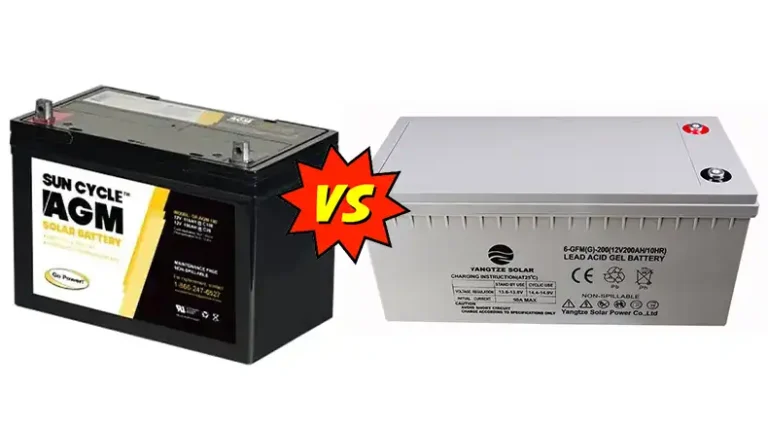Do I Need a Fuse Between Battery and Inverter? Easy Explanation for You
Fuses are one of the most essential components of any electrical system. they are very crucial for safety. It prevents excessive current from transmitting via wires that can potentially damage the system. However, most people consider solar components different than regular electricals, therefore they often wonder, if they need a fuse between battery and inverter.
The answer to that is yes, you definitely need a fuse between the battery and the inverter, that is if you value your and your equipment’s safety. Read on for a detailed answer on why you need a fuse between your battery and inverter and what size fuse you should actually use.
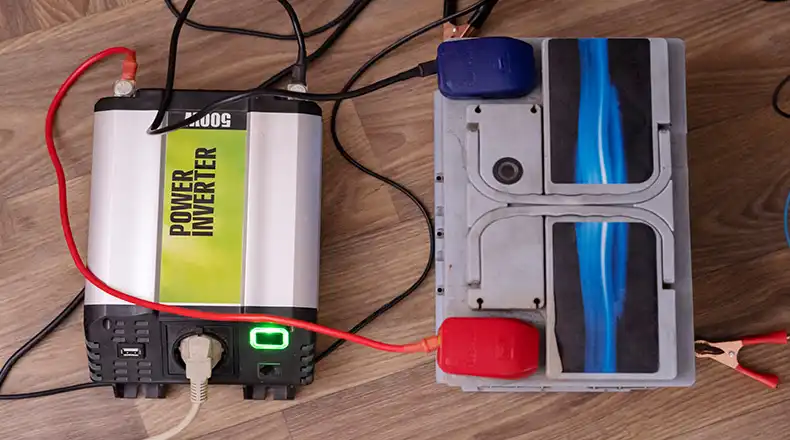
Why Do You Need a Fuse Between Battery and Inverter?
The inverters you use for your solar panels carry very high voltage. Therefore, they need a fuse of accurate capacity and size, in order to protect them from potential damage due to overload, fire, etc.
- Fuses and circuit breakers stop overheating and damage caused by too much electricity in devices, including solar power systems.
- Fuses have a limit for the amount of electricity they can handle; if exceeded, they break the flow of electricity, protecting connected devices.
- Fuses also guard against power surges when devices draw too much power. If a fuse keeps blowing, it may signal a problem with the inverter or batteries.
As you can see, fuses cannot only prevent potential damage to your system but also warn you if there’s anything wrong with the system. That’s why, you must use a fuse between the battery and the inverter.
How to Pick the Right Size Fuse?
Fuses are like safety guards for your electrical system; they come in different sizes. When placing a fuse between your battery and inverter, here’s what you can do to make sure that you pick the right size.
Calculate Max Amp Draw: First, find out how much electricity your inverter will pull at the lowest battery voltage. Use this formula:
Max Amp Draw @ lowest battery Voltage (Amps) = (Inverter’s Continuous Power rating (Watts) ÷ Lowest Battery Voltage (Volts)) ÷ Inverter Efficiency (%)
Multiply for Safety: To ensure safety, multiply the max amp draw by 1.25.
Select Fuse Size: Now, you have the fuse size. Match it to the nearest standard rating from a list of options (e.g., 10, 15, 20 Amps, and so on). If there isn’t an exact match, go for the next higher rating.
For instance, if your calculated fuse size is 73.5 Amps, you would choose a fuse around 80 Amps for safety.
When you pick the proper fuse size, you can rest assured that you are safeguarded against overcurrent and overheating. So, your equipment and wiring are safe.
Frequently Asked Questions and Answers (FAQs)
What size fuse between battery and 2000 watt inverter?
To connect and battery with an inverter of 2000 watts, you will need a 200A size fuse.
Can I run an inverter without a fuse?
Running an inverter without a fuse is not recommended and can be dangerous. Fuses play a critical role in protecting electrical circuits and devices from overcurrent conditions that could lead to fires, damage to equipment, or even electric shock hazards.
Final Thoughts
To protect your equipment as well as your home, you must use a fuse between your battery and inverter. And although you can get by without using one, it’s not recommended. And to pick the right fuse size, multiply your amp by 1.25. If you can’t find an exact match, go for the next big one, that’s it.

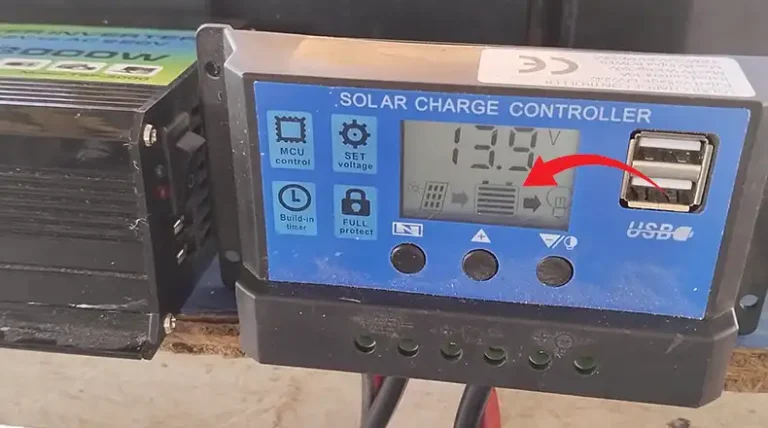
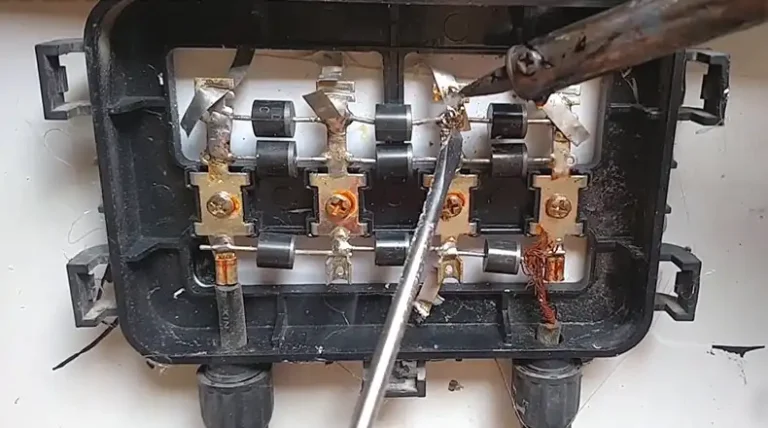
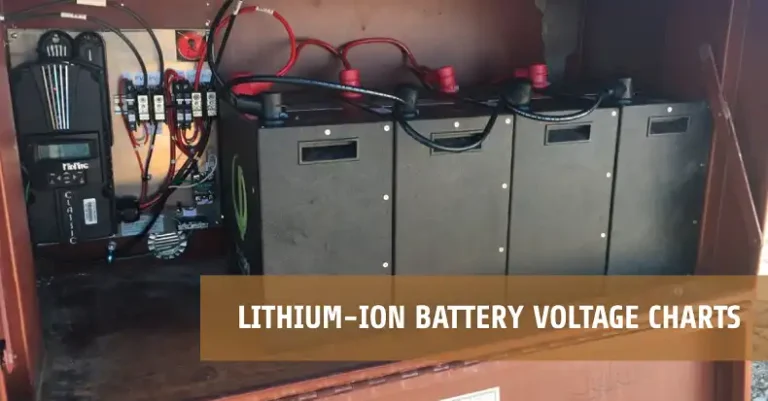
![[Explained] Solar Charge Controller Settings For AGM Battery](https://www.itekenergy.com/wp-content/uploads/2023/08/Solar-Charge-Controller-Settings-For-AGM-Battery-768x428.jpg)
![[Answered] How Many Solar Panel Required To Charge 300ah Battery?](https://www.itekenergy.com/wp-content/uploads/2023/08/solar-panel-required-to-charge-300ah-battery-768x428.jpg)
